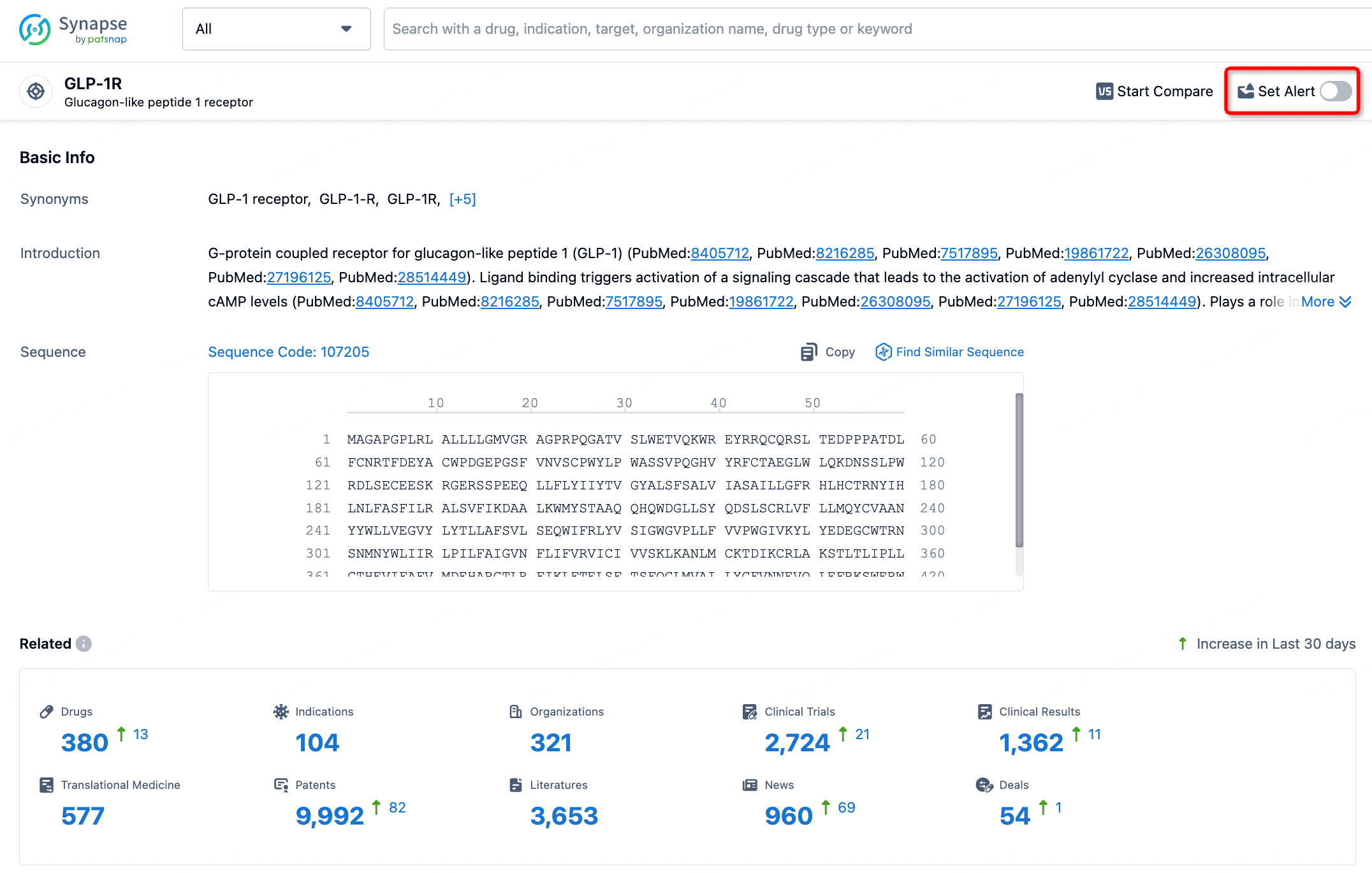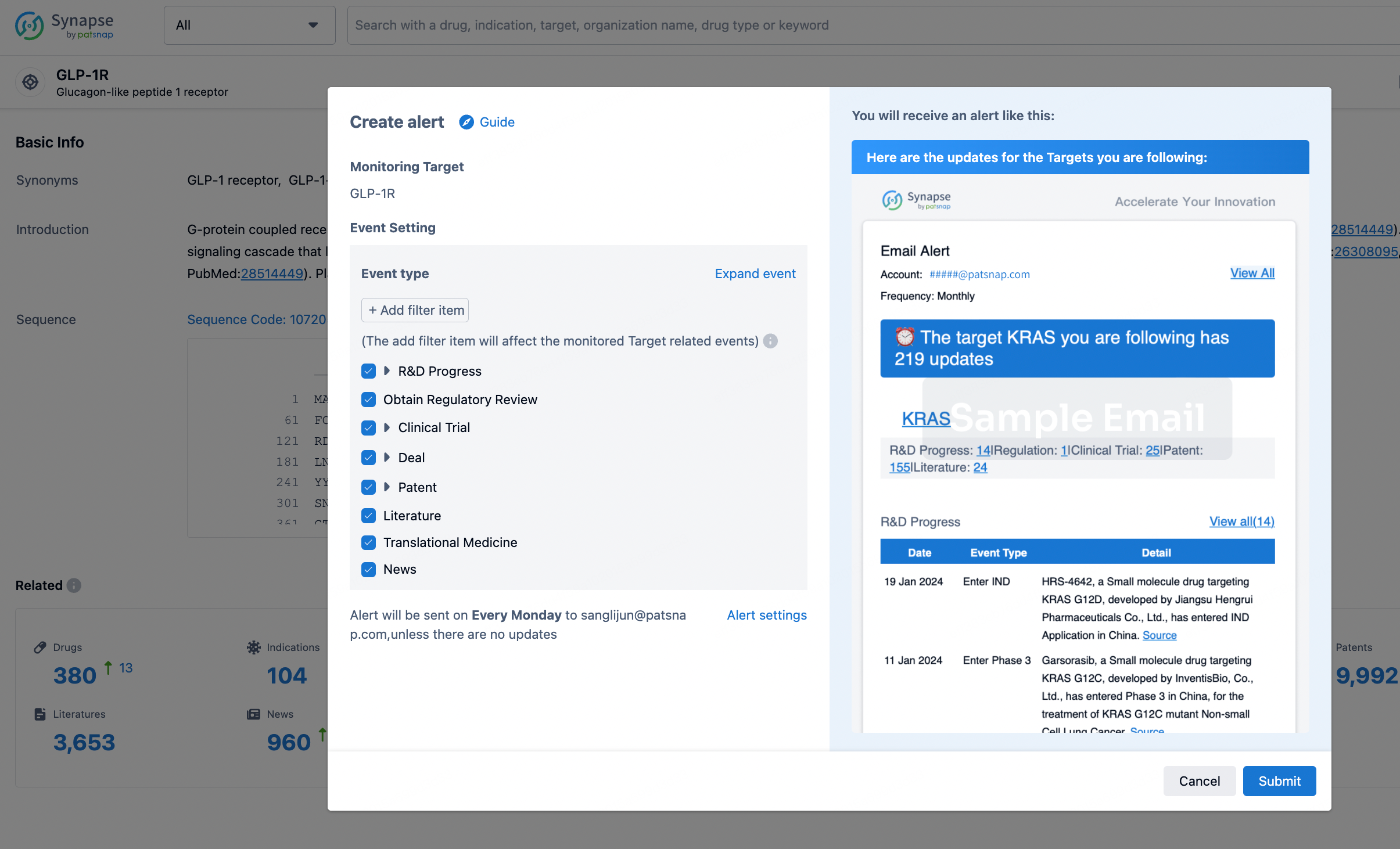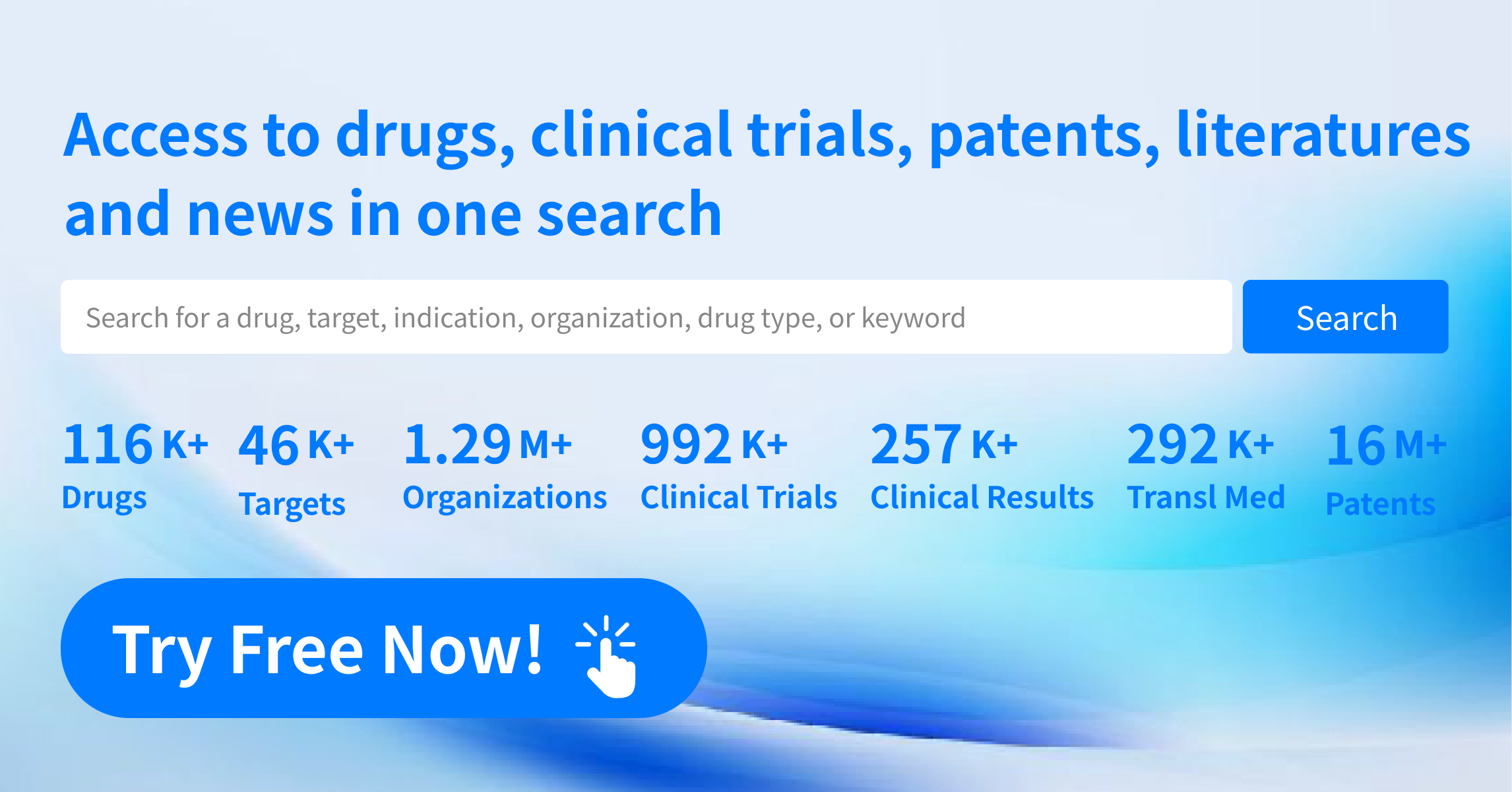Request Demo
What are β-lactamase stimulants and how do they work?
21 June 2024
In the battle against bacterial infections, the discovery and utilization of antibiotics have been revolutionary. However, the rise of antibiotic resistance poses a significant threat to public health globally. Among the various mechanisms bacteria employ to resist antibiotic treatment, the production of β-lactamase enzymes is particularly concerning. β-lactamase enzymes can deactivate β-lactam antibiotics, rendering them ineffective. This is where β-lactamase stimulants come into play. They are compounds designed to either inhibit these enzymes or enhance the activity of other agents that can neutralize β-lactamases. In this blog post, we delve into the workings, applications, and importance of β-lactamase stimulants in modern medicine.
To understand β-lactamase stimulants, it's essential to first grasp the role of β-lactamases. β-lactamases are enzymes produced by certain bacteria that confer resistance to β-lactam antibiotics like penicillins, cephalosporins, carbapenems, and monobactams. These antibiotics contain a β-lactam ring in their molecular structure, which is crucial for their antibacterial activity. β-lactamases break this ring open, inactivating the antibiotic and allowing the bacteria to survive and proliferate despite the presence of the drug.
β-lactamase stimulants work by either directly inhibiting these enzymes or by promoting the activity of other substances that can neutralize β-lactamase activity. One common approach is the use of β-lactamase inhibitors, which bind to the enzyme and block its ability to degrade the antibiotic. These inhibitors can be administered in conjunction with β-lactam antibiotics to preserve their efficacy. For example, the combination of amoxicillin (a β-lactam antibiotic) and clavulanic acid (a β-lactamase inhibitor) is a well-known therapeutic strategy. Clavulanic acid binds to the active site of β-lactamase enzymes, preventing them from attacking amoxicillin, thereby extending its antibacterial effectiveness.
Another approach involves the stimulation of the host's immune system or the use of compounds that enhance the permeability of bacterial cell walls. By weakening the bacterial defenses or boosting the host's response, these stimulants can help in overcoming bacterial resistance mechanisms. Additionally, some research is focused on finding compounds that can destabilize the structure of β-lactamase enzymes, rendering them non-functional.
The primary use of β-lactamase stimulants is in combination therapies to treat infections caused by β-lactamase-producing bacteria. These include a wide range of pathogenic bacteria such as Escherichia coli, Klebsiella pneumoniae, and Pseudomonas aeruginosa, which are common culprits in urinary tract infections, respiratory infections, and sepsis. By using β-lactamase stimulants alongside β-lactam antibiotics, healthcare providers can effectively combat these resistant strains and improve patient outcomes.
In addition to clinical applications, β-lactamase stimulants are also valuable in research settings. They enable scientists to study the mechanisms of antibiotic resistance and the efficacy of new antibiotics. By experimenting with various stimulants, researchers can gain insights into how to overcome resistance and develop more effective therapeutic options.
Moreover, the development of β-lactamase stimulants represents a critical aspect of antibiotic stewardship. With the global threat of antibiotic resistance on the rise, there is an urgent need to preserve the effectiveness of existing antibiotics. The use of β-lactamase stimulants can help reduce the selective pressure on bacteria to develop resistance, thereby extending the lifespan of current antibiotics and buying time for the development of new drugs.
In conclusion, β-lactamase stimulants play a crucial role in the fight against antibiotic-resistant bacteria. By inhibiting or neutralizing β-lactamase enzymes, these compounds help preserve the efficacy of β-lactam antibiotics. Their use in combination therapies enhances the treatment of resistant infections, supports antibiotic stewardship, and contributes to ongoing research efforts. As the medical community continues to grapple with the challenges of antibiotic resistance, β-lactamase stimulants will undoubtedly remain a vital tool in our therapeutic arsenal.
To understand β-lactamase stimulants, it's essential to first grasp the role of β-lactamases. β-lactamases are enzymes produced by certain bacteria that confer resistance to β-lactam antibiotics like penicillins, cephalosporins, carbapenems, and monobactams. These antibiotics contain a β-lactam ring in their molecular structure, which is crucial for their antibacterial activity. β-lactamases break this ring open, inactivating the antibiotic and allowing the bacteria to survive and proliferate despite the presence of the drug.
β-lactamase stimulants work by either directly inhibiting these enzymes or by promoting the activity of other substances that can neutralize β-lactamase activity. One common approach is the use of β-lactamase inhibitors, which bind to the enzyme and block its ability to degrade the antibiotic. These inhibitors can be administered in conjunction with β-lactam antibiotics to preserve their efficacy. For example, the combination of amoxicillin (a β-lactam antibiotic) and clavulanic acid (a β-lactamase inhibitor) is a well-known therapeutic strategy. Clavulanic acid binds to the active site of β-lactamase enzymes, preventing them from attacking amoxicillin, thereby extending its antibacterial effectiveness.
Another approach involves the stimulation of the host's immune system or the use of compounds that enhance the permeability of bacterial cell walls. By weakening the bacterial defenses or boosting the host's response, these stimulants can help in overcoming bacterial resistance mechanisms. Additionally, some research is focused on finding compounds that can destabilize the structure of β-lactamase enzymes, rendering them non-functional.
The primary use of β-lactamase stimulants is in combination therapies to treat infections caused by β-lactamase-producing bacteria. These include a wide range of pathogenic bacteria such as Escherichia coli, Klebsiella pneumoniae, and Pseudomonas aeruginosa, which are common culprits in urinary tract infections, respiratory infections, and sepsis. By using β-lactamase stimulants alongside β-lactam antibiotics, healthcare providers can effectively combat these resistant strains and improve patient outcomes.
In addition to clinical applications, β-lactamase stimulants are also valuable in research settings. They enable scientists to study the mechanisms of antibiotic resistance and the efficacy of new antibiotics. By experimenting with various stimulants, researchers can gain insights into how to overcome resistance and develop more effective therapeutic options.
Moreover, the development of β-lactamase stimulants represents a critical aspect of antibiotic stewardship. With the global threat of antibiotic resistance on the rise, there is an urgent need to preserve the effectiveness of existing antibiotics. The use of β-lactamase stimulants can help reduce the selective pressure on bacteria to develop resistance, thereby extending the lifespan of current antibiotics and buying time for the development of new drugs.
In conclusion, β-lactamase stimulants play a crucial role in the fight against antibiotic-resistant bacteria. By inhibiting or neutralizing β-lactamase enzymes, these compounds help preserve the efficacy of β-lactam antibiotics. Their use in combination therapies enhances the treatment of resistant infections, supports antibiotic stewardship, and contributes to ongoing research efforts. As the medical community continues to grapple with the challenges of antibiotic resistance, β-lactamase stimulants will undoubtedly remain a vital tool in our therapeutic arsenal.
How to obtain the latest development progress of all targets?
In the Synapse database, you can stay updated on the latest research and development advances of all targets. This service is accessible anytime and anywhere, with updates available daily or weekly. Use the "Set Alert" function to stay informed. Click on the image below to embark on a brand new journey of drug discovery!
AI Agents Built for Biopharma Breakthroughs
Accelerate discovery. Empower decisions. Transform outcomes.
Get started for free today!
Accelerate Strategic R&D decision making with Synapse, PatSnap’s AI-powered Connected Innovation Intelligence Platform Built for Life Sciences Professionals.
Start your data trial now!
Synapse data is also accessible to external entities via APIs or data packages. Empower better decisions with the latest in pharmaceutical intelligence.


